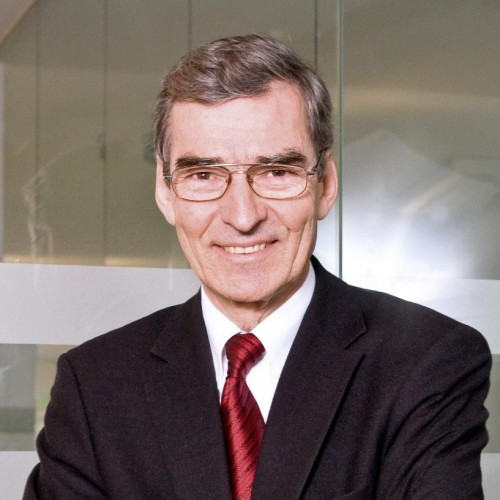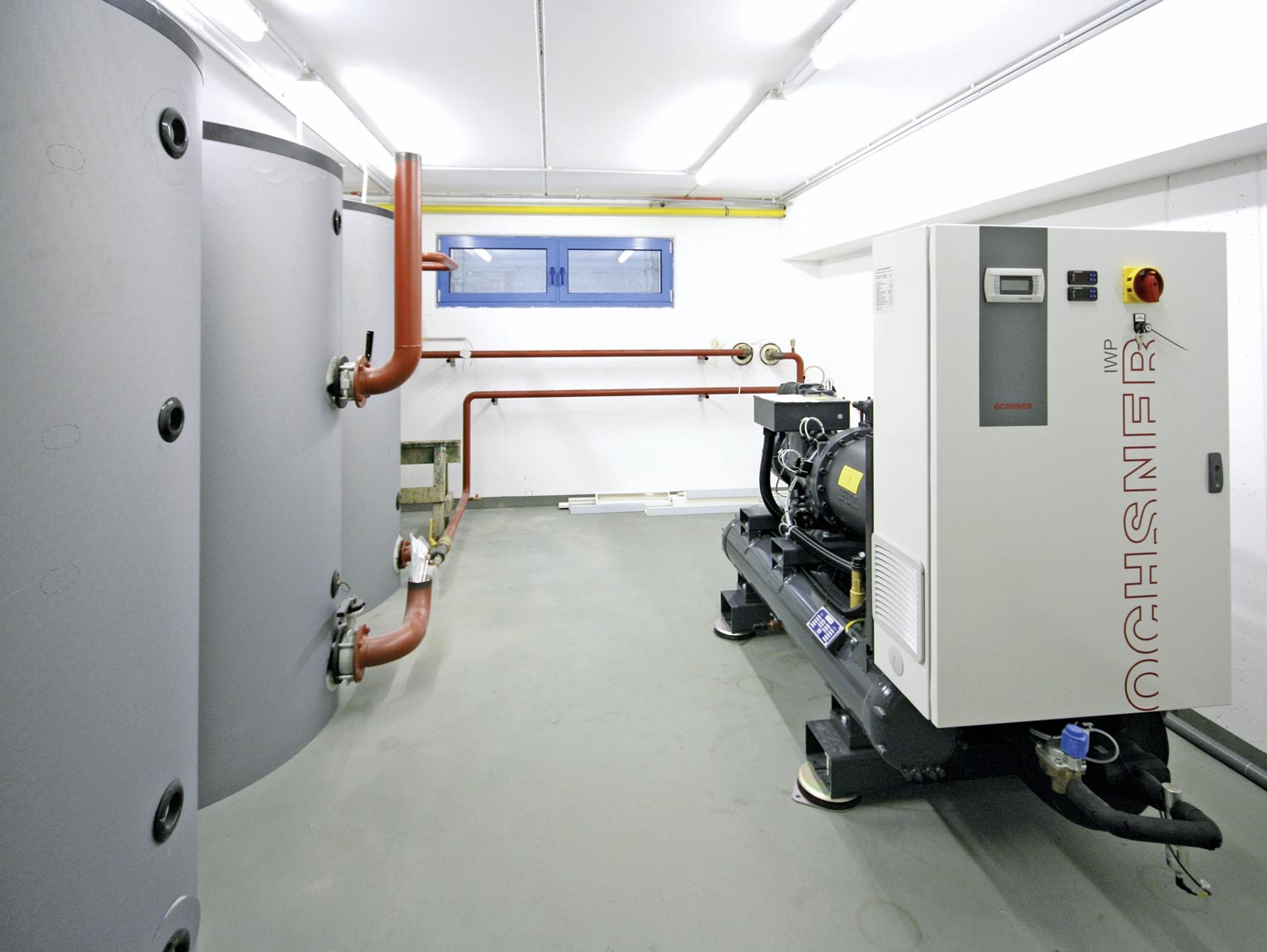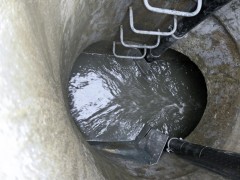Wastewater from households, commerce and industry contains a good deal of energy. So far, though, very little use has been made of sewage water as a source of energy in Austria. The thermal energy contained in sewage can be recovered in heat exchangers and raised to the temperature level required for heating or cooling by means of heat pumps. Wastewater temperatures are at or above 10°C all year round, so they are very suitable for heat-pump applications. In general sewage water accumulates in substantial quantities where energy is needed, i.e. where there are enough customers for heat and cold. The engineering and economic prerequisites for using energy from sewage water, and the possibility of incorporating this in communal energy supply systems, have been investigated in several of the Austrian Energy Agency’s research projects, in collaboration with Ochsner Wärmepumpen GmbH. On the basis of the results obtained a facility was implemented for STADTwerke Amstetten while the project was still in progress.
Recovering heat from sewage water
The aim of the project “Energy from sewage water” was to explore the technical possibilities of recovering energy from sewage water with a heat pump, assess the potential and the legal framework, and thus create a basis for spreading this way of obtaining energy in Austria. The investigations revealed that there are worthwhile possibilities of utilizing heat from sewage plant wastewater, e.g. to dry sludge and to heat sewage plant buildings and other buildings close to sewage treatment plants and main sewers. From numerous examples in other countries it is clear that when heat from sewage water is put to work downstream from the sewage plant even buildings several kilometres away can be supplied cost-effectively.
Whether recovering heat from sewage water is feasible technically and cost-wise at a given location always needs to be investigated in detail. In the course of research work strategies and planning tools were developed for communal spatial planning for energy purposes, e.g. to decide whether nearby buildings can be linked up via pipelines, or to estimate how the demand for heat and cold will develop in new settlements. The issue of whether/how the demand for heat and cold close to sewage plants can be increased in cases where new facilities with a constant demand for low temperatures all year round (such as greenhouses, gymnasia or indoor swimming-pools) are involved was also analysed.
Technology for utilizing sewage water
To obtain heat or cold, sewage water can be utilized upstream or downstream from the sewage plant, or inside the actual building. Energy is recovered either from the sewer (raw sewage) or down-stream from the sewage plant (treated sewage). Wastewater from large buildings can be utilized directly via a settling basin. The key components in an energy-from-sewage facility are the heat pump and the wastewater heat exchanger. How efficient and how cost-effective the system is depends on how these elements are matched to each other. In a specific application a suitable wastewater heat exchanger, a heat pump with a specially tuned refrigeration circuit for maximum performance and a heating/cooling system matched to the heat pump’s characteristics need to be selected. It is also important to define the right temperature level as early as at the planning stage, since this has a major effect on overall efficiency. Research activities continue within the project „Energy from sewage water“, with focus on the utilization of energy resources of the sewage plant for surrounding heat consumers.

Karl Ochsner
CEO Ochsner Energie Technik GmbH
The STADTwerke Amstetten project
A showcase project for heating and cooling with energy from sewage water has been implemented in Amstetten in Lower Austria. In 2012 heating the STADTwerke Amstetten premises with natural gas and the power station with electricity stopped; since then a heat exchanger 42 metres long has recovered heat from the main sewer belonging to the sewage disposal association. A heat pump with a rating of 228 kW uses this energy to heat and cool the premises. The existing gas-fired boilers have been retained as a backup system and to cope with exceptional peak demand (the heat pump system covers 99.9 %). Heat is distributed via storage tanks and a low-temperature local heating grid; the various buildings supplied are equipped with underfloor heating.
In its first year of operation the facility saved 20,500 Euro; the investment should pay off in around 12 years. With the new system carbon-dioxide emissions are down by just under three-quarters (a reduction of 55 tonnes per year). In the process of planning facilities to utilize sewage water the impact on sewage plant efficiency must be taken into account. In this particular case there are no ill effects on sewage plant operation, as the sewage water at the plant is cooled down a mere 0.15°C and its temperature in the sewer is high: 22°C on average (in winter). In the meantime the energy from sewage system has been adapted so that the warm water from the sewer heat exchanger (at 27°C) can also be used for heating directly, i.e. without a heat pump. Research activities will continue in the project “Energy from sewage water”. The focus is on the utilization of existing energy resources from the sewage plant for surrounding heat consumers.
www.abwasserenergie.at
Energy-from-sewage system at STADTwerke Amstetten:
Total heat requirement roughly 230 kW
Maximum inflow temperature for local heating grid 45 °C
Annual Carbon dioxide reduction 54.40 t (72.43 %)
OCHSNER ISWS210ER2 heat pump
Heating rating 228 kW
Temperature of energy source (water) 15/10°C
COP (coefficient of performance) 5.4
ThermLiner sewer heat exchanger
Overall length around 42 m
Wastewater temperature around 22°C
Share

